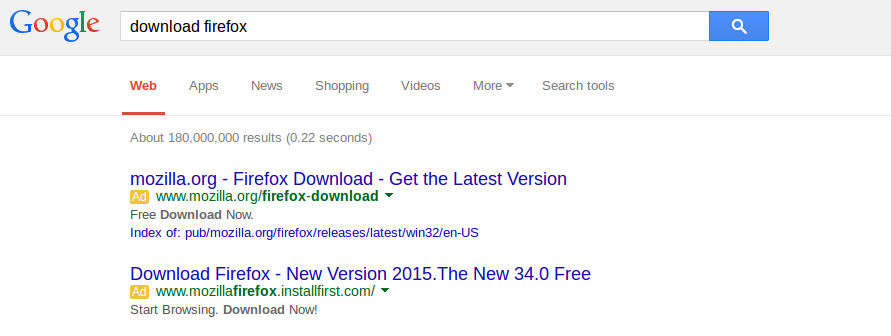There are lots of malware testing companies/websites/articles including av-tests, av-comparatives, PCmag, and toptenreviews.
All of them disagree about which product is better every year and also change their opinion about the best ones every now and then. The performance of the top AVs on these sites is always very close to 100% detection.
This seems very strange.
The problem of course is that testing the antiviruses performance well is very difficult.
Here are some of the issues that make it challenging:
-
Need for sandboxing each and every malware while hiding the fact that it is a sandbox environment and allowing the malware to make network connections.
-
Automating execution of the malware (Automatically clicking on dialogs, etc)
-
Providing a good non-duplicated dataset for both malware and goodware that has not been seen by the AV vendors
-
Streamlining acquisition of new malware/goodware
-
Setting correct settings on the Antivirus programs
Basically, all of these things are difficult and probably not done correctly by any of the testing vendors.
Such high detection rate (close to 100%) is impossible because malware authors have access to the antiviruses and can keep playing around with their program until it is undetectable by their chosen AVs.
If the testing institution was able to develop an undetectable-by-malware sandbox and an automated way to click through all the software dialogs mimicking a user, they would be more than halfway there to becoming a new antivirus vendor.
Another major issue is that each person is exposed to a different set of malware.
Some people download shady torrents, some people follow chain emails and download and execute attachments, some people cannot tell the difference between results on google and ads on google searches (which can contain adware which can then download more serious malware).
For example, searching for downloading firefox results in the second link being a adware page.

So different detection rates apply differently to different people, and the actual detection rates and antivirus performance for a particular individual remains a mystery to the general public.